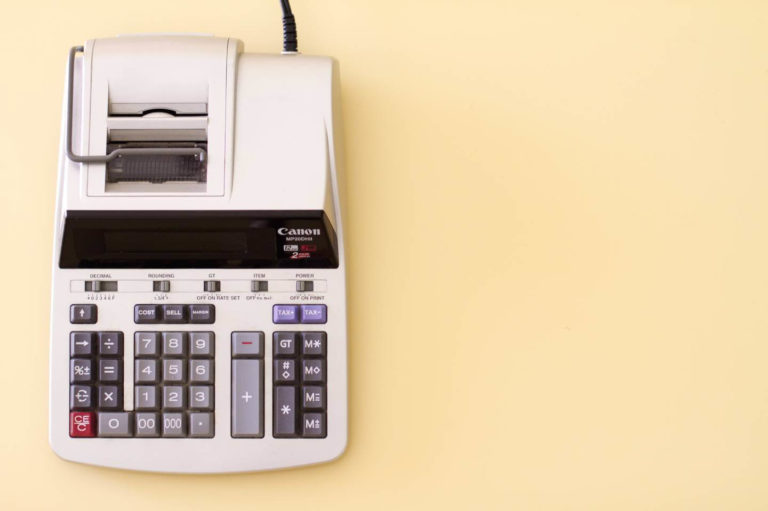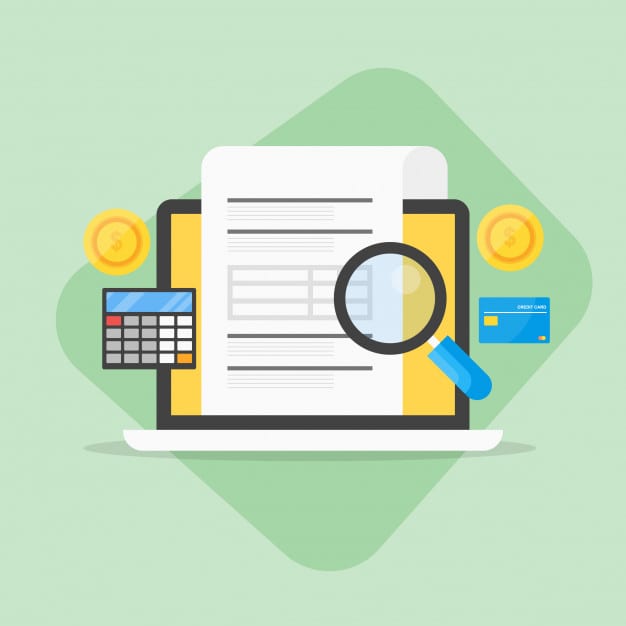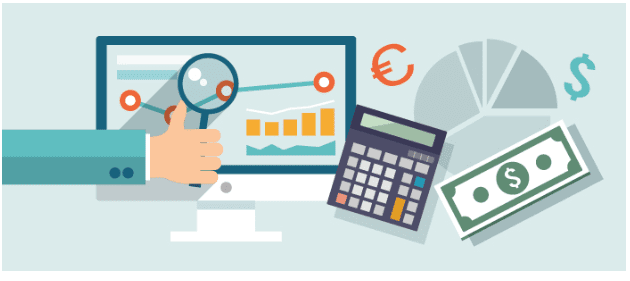As we move into an era of concern surrounding sustainability, reverse logistics is becoming more and more essential to businesses, and if it’s not on your radar, it should be. Below we are going to cover exactly why it’s becoming essential, what it is, and we’re going to throw in some practical examples too. *brushes off our shoulders*
Reducing everything that is used to create and manufacture a product has become one of this generation’s biggest obsessions, whether it be on a business, ecological, or social level. Due to the high levels of concern surrounding sustainability, there has been a lot of attention surrounding lifelong logistics, but in its inverse variant.
So your ears are pricked, your mind is open, let’s take a look at exactly what reverse logistics means.
What is reverse logistics?
We are talking about a whole bunch of procedures and actions that are carried out when transporting the materials and / or products from the customer to the manufacturer. Sound odd? Well, reverse logistics includes all the processes within the supply chain that are dedication to pick up certain materials from the consumer and transfer them to the manufacturer.
In simpler terms, we’re talking about having a situation to operate services such as returns, shipments destined for recycling or destruction, and the return of goods alike. It’s a similar idea to normal logistics, but it comes with a set of peculiarities that we need to take into account.
Types of reverse logistics
Now that we have seen that there are different variants when it comes to this type of logistics, it’s necessary to differentiate between to fundamental type of reverse logistics;
- Return logistics. This has become one of the most important, and problematic points of any e-commerce business.
- Waste logistics. Whether your company sets out to take advantage of waste conveniently, or whether it’s to avoid environmental damage – recovering waste has become one of the biggest priorities in business today.
Benefits of reverse logistics
There is some stigma surrounding this type of logistics, as some say it must be a negative thing because it implies higher costs, but in fact, it turns out that its main benefit is economic. If the processes that are put in place are effective, costs and times are reduced. If the processes aren’t so good, you could find yourself in a not so effective state.
Reverse logistics also works towards a lot of sustainable benefits, managing waste in the most correct and optimal way contributes towards a fantastic benefit for the environment. And in times like these, any help to maintaining the environment is greatly appreciated, worldwide.
Practical examples of reverse logistics
In theory, this all seems great and interesting, but are you wondering how to apply this to your business in a practical way? Well let’s take a look at a few business types that really benefit from this type of logistics.
- Outlets. They give products a second life that would have previously been destroyed, and they prevent accumulations in warehouses.
- Restoration and re-manufacturing. Both imply that you can make use of something that no longer works, rather than destroying it immediately, perhaps all it needs is an update or re-worked into something new.
- IKEA. We all love a day out to IKEA, right? Is that just me? That aside, they are a great success story when it comes to reverse logistics. They have a program that allows customers to return plastics, furniture, light bulb, and even textiles – these are then re-sold in the store or recycled.
- Apple. Another great program comes from this tech-giant, they offer discounts on new products if you deliver an old product that can be used in training centres or used/recycled for parts.
Now you know the benefits of reverse logistics, do you think it’s time to start implementing it into your business? And remember, any aspect related to logistics, needs to have all the processes of your company well controlled. You should consider that nothing is more optimal than a great ERP system.











